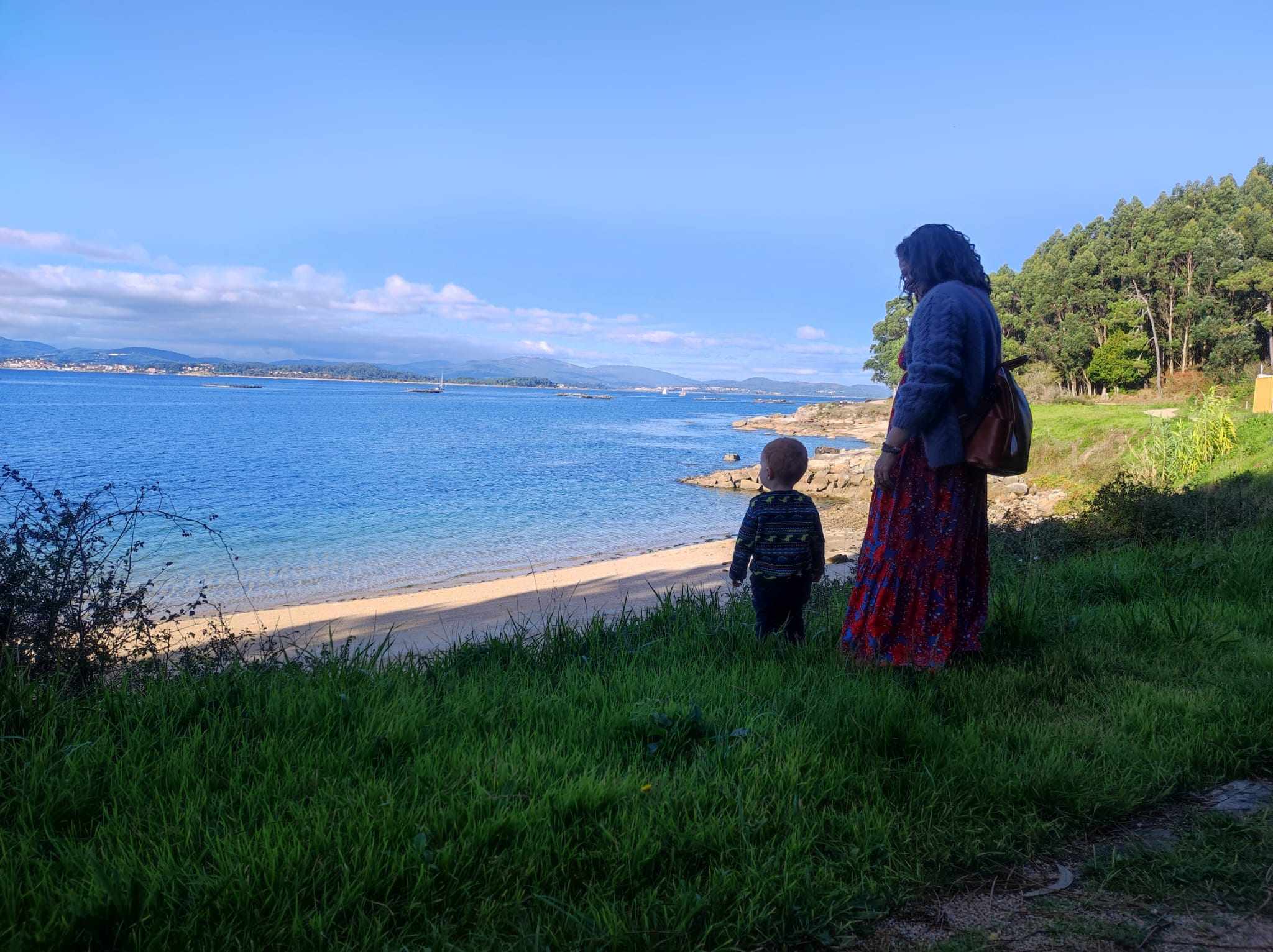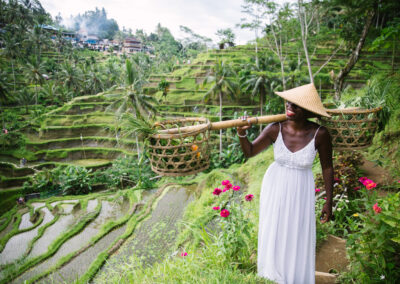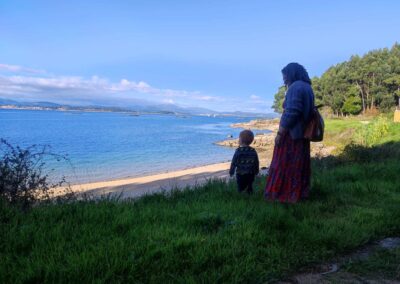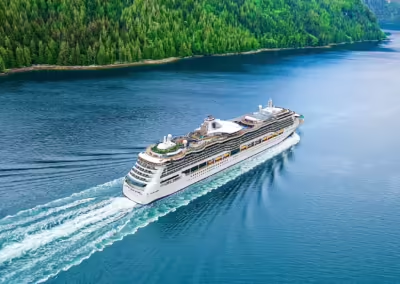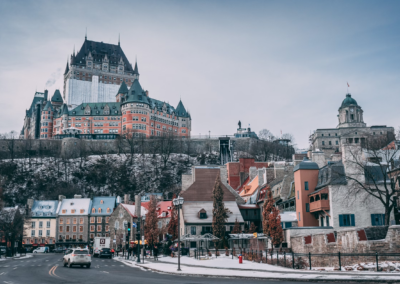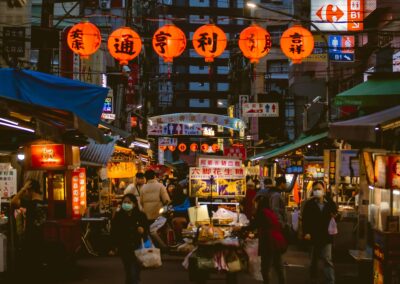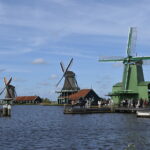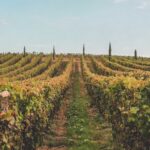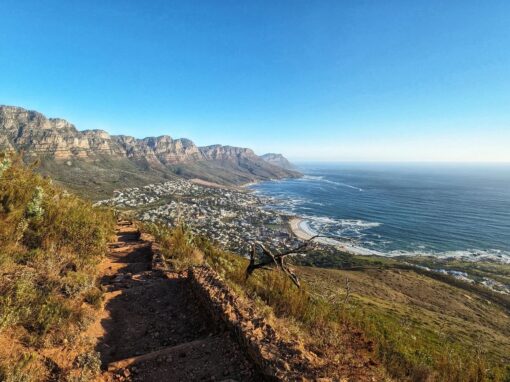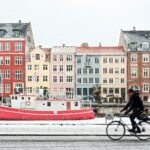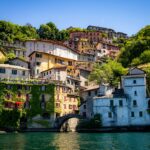Tucked into the far northwest corner of the Iberian Peninsula just north of Portugal lies a verdant and vibrant Spanish autonomous region rich in culture and traditions.
“It is the real sense of remoteness at times. You can really disconnect and not have to travel far to be surrounded by nature and reconnect with yourself. I love the culture and how they are still practising stuff from fifty years ago and it is taught to the next generation.”
Galicia may not be the first place you think of when travelling to Spain yet its enchanting culture and charming countryside offer a unique Spanish travel experience.
Catherine Morris, a British expat from near Newcastle who moved permanently to the Galician city of A Coruña with her partner Pablo and young son Rory in March 2020, is testament to the magic this region holds over people and how it continues to draw people back.
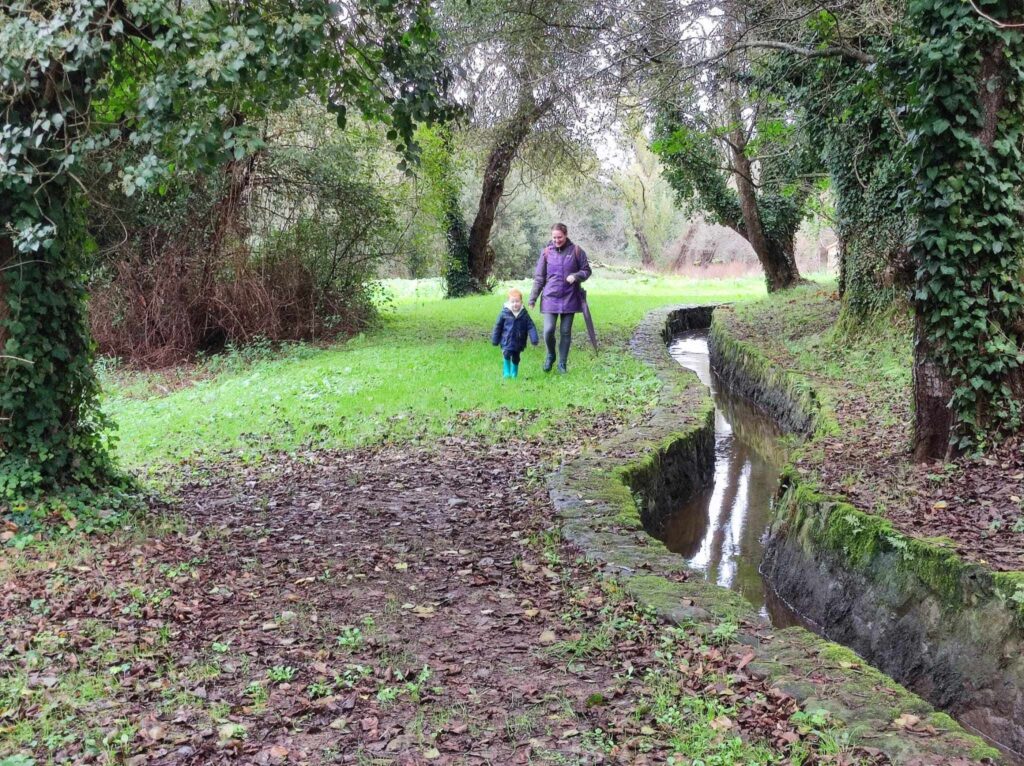
She studied History and Hispanic Studies at The University of Sheffield fifteen years ago and spent a year in Pontevedra as part of her degree where she was based in a school in Sanxenxo. It was in the port city of Vigo she met her partner and after oscillating between living in the UK and Galicia for a few years, she decided to settle permanently in Galicia when she fell pregnant with her son.
“It felt very similar to the UK, very green. The thing that I fell in love with is the countryside here. You can truly go out of the city, maybe half an hour, and be alone. Whereas in the UK, it is always so busy. I like that feeling of really getting away and disconnecting. I love how green it is. The sea is so blue. I remember being in awe.”
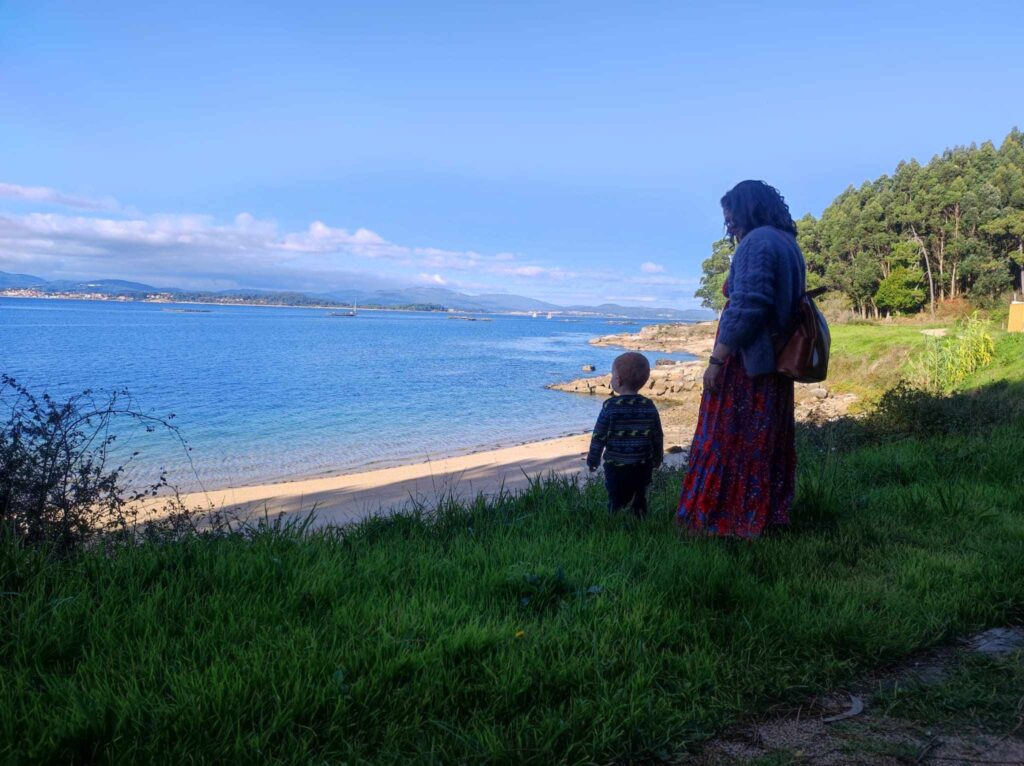
Galicia, as the northwesternmost point of the Iberian Peninsula, borders the Atlantic Ocean to the northwest and so experiences its fair share of precipitation, contributing to its lushness. Numerous rivers and tributaries drain seaward through the region while mountains ring the interior, isolating Galicia from the Spanish provinces of Asturias, León and Zamora to the east, and the country of Portugal to the south. These help to make the region a treasure trove of magnificent inland and coastal landscapes
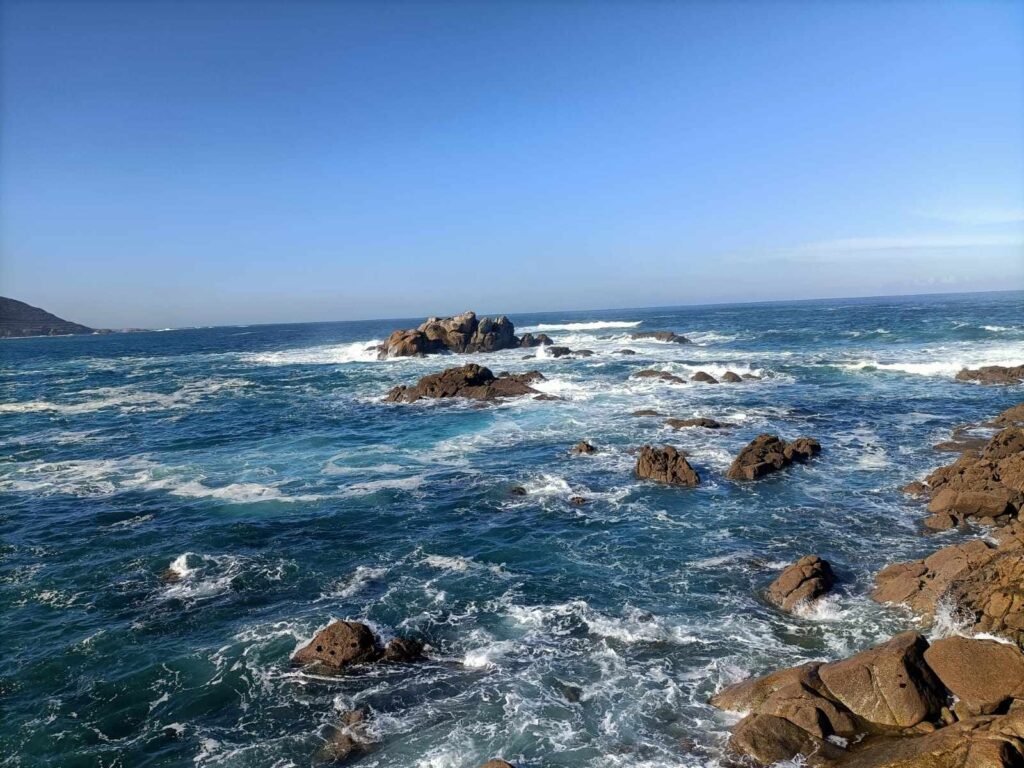
Catherine, who has adopted the Galician name of Catuxa, says: “It is very much like Ireland, very green. There are very wet, humid winters but beautiful summers, amazing beaches and beautiful countryside. There is a stunning coastline which differs from the north to the south. You will have Cedeira and Ortigueira with the dramatic clifflines and then you go down to the Costa del Morte where they have lots of shipwrecks and then where Pontevedra is it is very tropical; it is not that rocky with white sand, blue seas.
“It is unique and has not really been discovered. It feels very undiscovered and not really affected by mass tourism. It is really different and very untouched. The nature here is on a different level.”

Beyond the plethora of natural riches and magical scenery, there is also the culture and family-centred dimension of Galicia that continues to captivate people.
Ángela Touza-Medina is a proud gallega whose family are originally from Galicia. She grew up in the more industrial Galician city of Vigo before moving to the United States with her family for high school. She returned to Spain to study her Masters before living across the States in Austin in Texas, New York and Washington DC while working in immigration and refugee affairs.
She is now head of the LiveGalicia: Digital Nomads and Expats in Galicia Facebook group, and was compelled to return in 2019 with her son Serín. “I could offer my son a different kind of lifestyle. My quality of life here as a kid was exceptional. I wanted him to taste that as well. There is a lightness to living here, the rhythm of life, the things people value, the way society is more inclusive.
“I always found Galician culture to be welcoming. It is vibrant, very community and family-oriented. You know your neighbours. I walked down the street today and I saw people who knew me as a kid when I was growing up. It is a close-knit community and there is culturally embedded care-taking.
“When you come to Galicia, it is a place that will capture you. It has a magic to it. Once you come it draws you back if it is meant for you.”
Catherine adds: “It has different traditions to the rest of Spain. Forget your flamenco and sangría, it is totally different to the south. It is so culturally different. There is a real connection to the past and past traditions.”
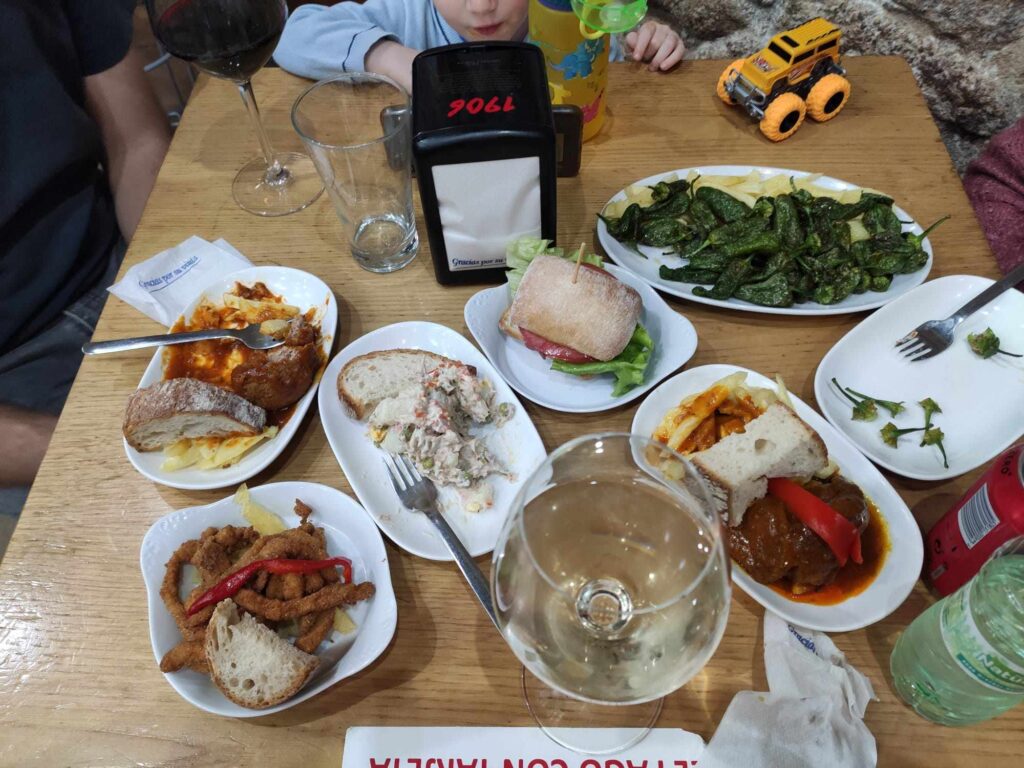
Every February there is a week-long carnival in Galicia which sees a myriad of events and celebrations across the region. Catherine says: “Everyone dresses up and parties in the rain. It is massive here. In Ourense they have different carnival traditions which are hundreds of years old. People get dressed up in different outfits and masks. Check out some local fiestas and dress up or you will have flour or ants thrown on you!”
The region becomes a hive of activity in the summer with fiestas and festivals. Ángela adds: “What you will find all over Galicia is the nightlife. The rain does not dampen people’s desire to go out and enjoy themselves. In the summer there are festivals all summer-long and there are parties celebrating patron saints.”
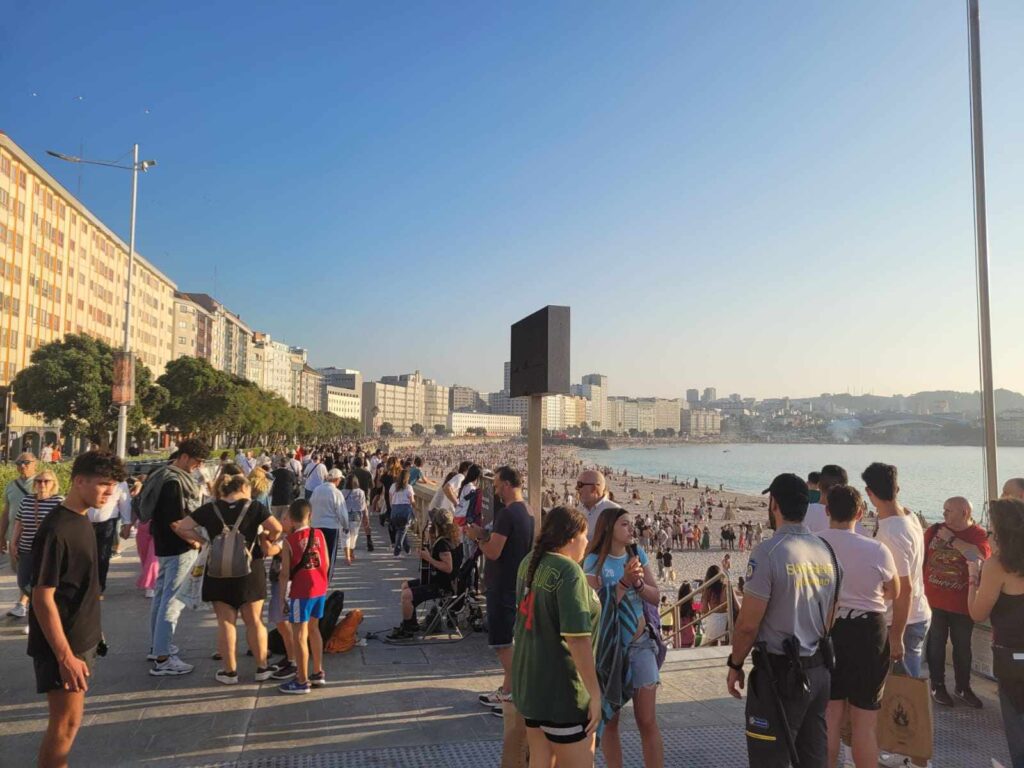
What also makes Galicia particularly special is the locals’ usage of their own regional language galego (Galician) on a daily basis. It sits alongside Spanish as an official language in the autonomous region and shares many linguistic similarities with both Spanish and Portuguese.
Ángela says: “Galego is a language that prior to the transition of democracy was beaten down. It is important to the cultural identity of Galicia. There are regions in Galicia where it is spoken a lot more, like Santiago de Compostela. Making the effort to learn four phrases, even when I default into Spanish, makes a difference.”
The Galician language is used in official documents and education right across the autonomous region. Catherine’s son Rory attends school where he learns Galician, Spanish and English.
Catherine says: “Galician is their mother tongue. It is so different in different parts of Galicia. There will be different words for different things in different regions. Even on the border with Asturias and León they speak Galician. It is very similar to Spanish although it is older than Spanish. A lot of people, including myself, speak castrapo (a mix of Spanish and Galician) and the government are pushing for it to be spoken more.”
So, magnificent landscapes, a vibrant nightlife and cultural scene, and even its very own regional language. However, where must you visit on a trip to Galicia? Here are a combined five of some of Catherine and Ángela’s best places to see and things to do on a trip to this special autonomous region.
Five things to do on a cultural trip to Galicia:
- Climb the Torre de Hércules (Tower of Hercules) in A Coruña, the only fully-preserved Roman lighthouse and oldest lighthouse in the world. The Tower of Hercules has served as a lighthouse at the entrance of the A Coruña harbour since the late 1st century A.D when the Romans built the Farum Brigantium. It is the only fully-preserved Roman lighthouse used for maritime signalling. You can pay to climb up the UNESCO World Heritage Site tower and take in the magnificent vistas of la costa coruñesa (the A Coruña coast).
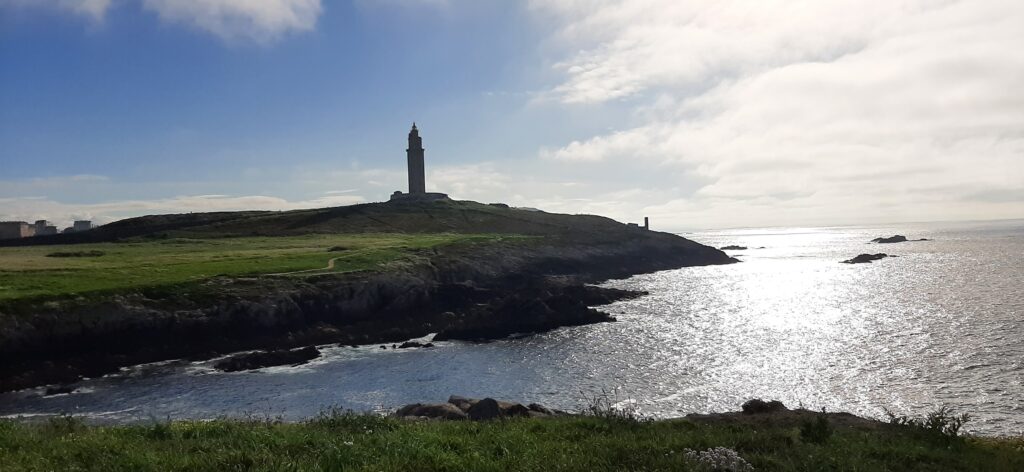
- Admire the cathedral of Santiago de Compostela, the finishing point for pilgrims on the Camino de Santiago route. An integral part of the Santiago de Compostela UNESCO World Heritage Site, the basílica is the reputed burial place of Saint James the Great, one of the apostles of Jesus Christ. Take in the beautiful Romanesque structure in the Galician capital which experienced later Gothic and Baroque additions.
- Bathe in the luxurious termas (thermal baths) in Ourense. In the more inland Galician city of Ourense, you can relax in the therapeutic thermal baths during day and night at any time of the year. The most famous fountains here are As Burgas situated in the heart of the old town. The curative power of the waters was discovered by the Romans around 2000 years ago.
- Explore the beautiful Rías Baixas in southwestern Galicia. A series of four estuarine inlets located on the southwestern coast of the region which stretch to the Portuguese coastline, the Rías Baixas are rich in marine life and offer a plethora of magnificent river landscapes.
- Take in the Os Peliqueiros carnival in Ourense. EveryFebruary and March, Galicians dress up and wear giant hats and masks, uniforms dangling with cow bells and holding whips. A battle commences, where people use both flour and live ants as ammunition.


